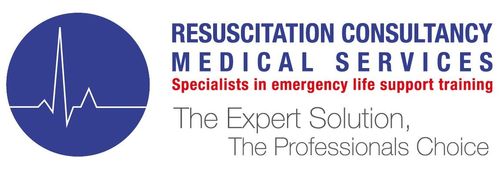How to Perform CPR: A Step-by-Step Guide
Cardiopulmonary Resuscitation (CPR) is a life-saving technique used in emergencies to maintain blood flow and oxygen supply to the body’s vital organs. Here’s a step-by-step guide on how to perform CPR correctly:
Step 1: Check for Danger
Before performing CPR, ensure that the area is safe for you and the victim. If there is any potential danger, such as traffic or fire, make sure to move the victim to a safer location before beginning CPR.
Step 2: Check for Responsiveness
Check if the victim is responsive by tapping their shoulder and shouting “Are you okay?” If there’s no response, call for help immediately, and start CPR.
Step 3: Open the Airway
Place the victim on their back and tilt their head back to open their airway. You can achieve this by gently lifting their chin with two fingers.
Step 4: Check for Breathing
Check for signs of life by looking for chest movements. If the causality isn’t breathing (or breathing normally), it’s time to start CPR.
Step 5: Perform Chest Compressions
Place the heel of your hand on the center of the victim’s chest, between the nipples. Lock your other hand on top and interlace your fingers. Push down hard and fast at a rate of 100-120 compressions per minute, allowing the chest to recoil fully between compressions.
Step 6: Provide Rescue Breaths
After 30 compressions, open the airway again, and give two rescue breaths (if you do not wish to provide rescue breaths, it is acceptable to give Cpr only). If proceeding to give breaths, pinch the casualty’s nose closed and make a seal around their mouth with yours. Give two slow breaths, watching the chest rise with each breath.
Step 7: Continue CPR Cycles
Repeat the cycles of 30 chest compressions and two rescue breaths until help arrives, or the victim shows signs of recovery. If you’re tired, switch with someone else to maintain the quality of CPR.
Remember, performing CPR correctly can significantly increase the chances of survival in a cardiac arrest emergency. It’s essential to learn this skill and stay prepared for emergencies.
